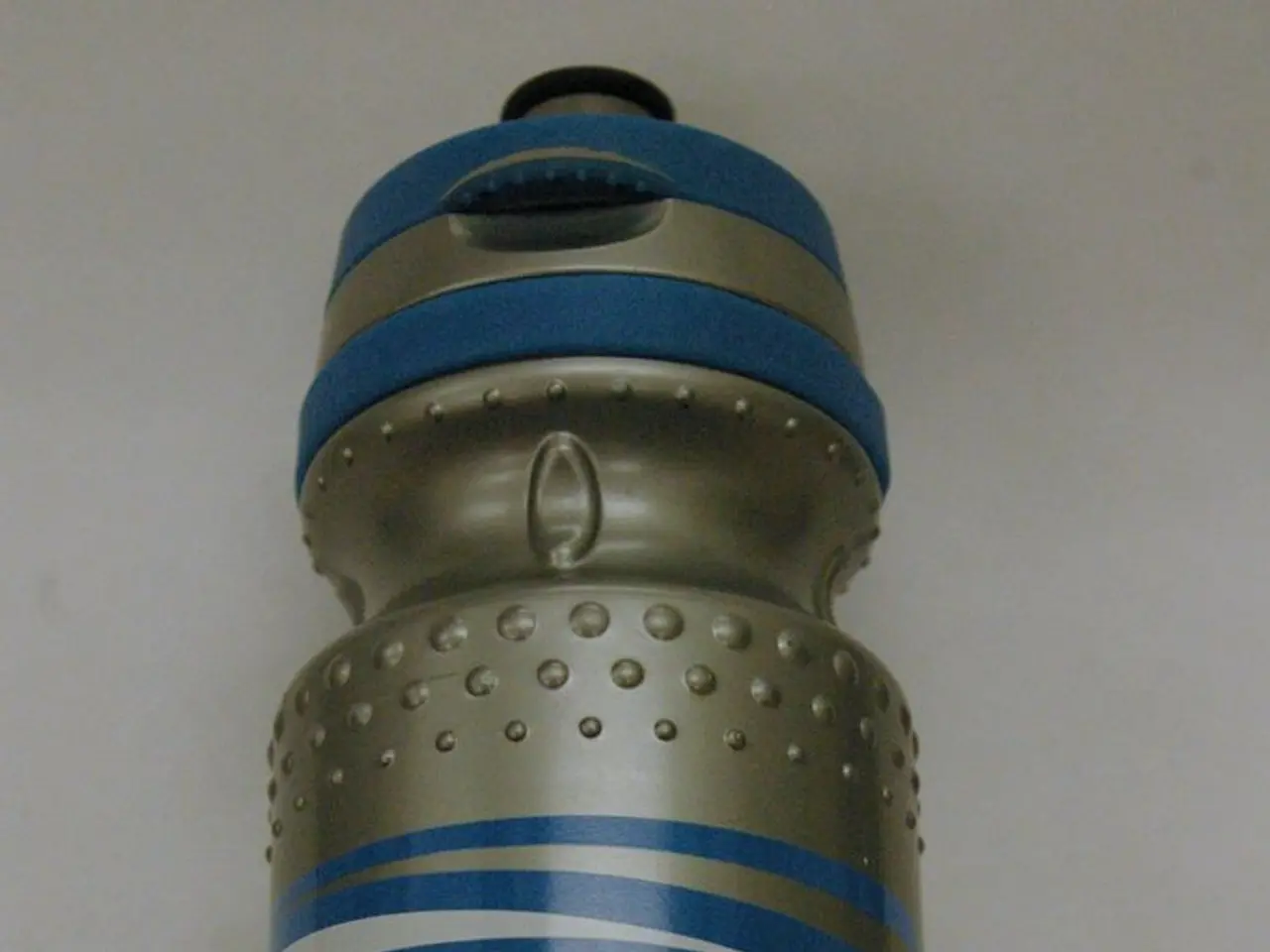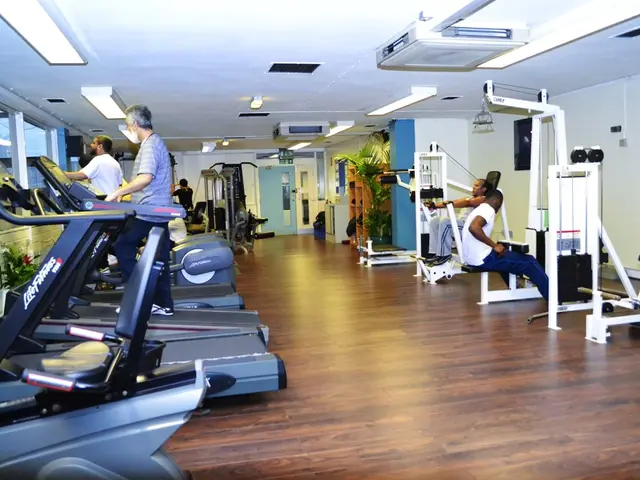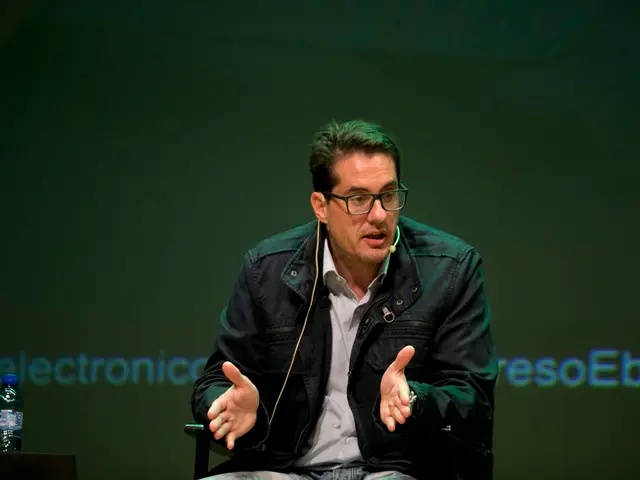Busy Laboratories, Peaceful Campus: Intensive Research at Syracuse University During Summertime
In the heart of summer, undergraduate and graduate students at Syracuse University and North Carolina Agricultural and Technical State University are delving into research projects aimed at addressing some of the world's most pressing challenges.
At Syracuse University's College of Arts and Sciences, students are collaborating with faculty mentors to drive technological breakthroughs and advance healthcare solutions. One such student, Emerson Long, a senior geology major, is conducting research in Earth and environmental sciences Professor Jay Thomas' lab. Emerson is synthesising fluid inclusions at extreme pressures and temperatures to better understand copper partitioning between aqueous fluids and silicate melts. Her research has broader implications for locating copper deposits higher in the Earth's crust, which is crucial for sourcing critical minerals needed in clean energy technologies.
Meanwhile, in Professor Melissa Pepling's lab at Syracuse University, students Nathan Bailey and Sadie Heidemann are investigating the intricacies of life. Nathan's research focuses on the impact of climate change on sea urchins and their ability to grip surfaces at varying salinity levels. Sadie's research, on the other hand, delves into the fascinating world of geckos, exploring how these creatures use their tails to navigate complex terrain. This research could inform the development of bio-inspired technologies like advanced robotics.
Over at North Carolina Agricultural and Technical State University, Jaelyn Anderson, an undergraduate student, is participating in the Department of Biology's REU program. Her research is centred on investigating how insulin impacts female fertility, particularly in conditions like polycystic ovary syndrome (PCOS).
The Syracuse Office of Undergraduate Research and Creative Engagement (SOURCE) is another initiative that supports student research at both universities. Through REU, students gain hands-on research experience in fields like science, engineering, and mathematics. Emerson Long, for instance, received support from SOURCE for her summer research fellowship, allowing her to gain valuable lab skills and a glimpse into graduate-level research.
Lauren Erickson, a biochemistry and neuroscience major at Syracuse University, is another student benefiting from SOURCE's support. In Professor Melissa Pepling's lab, Lauren is researching insulin signaling in the ovary to better understand its role in infertility.
Naomi Nance, a chemistry undergraduate at the University of Maryland, Baltimore County, also conducted REU-funded research this summer. In chemistry professor Robert Doyle's lab, she developed a peptide antagonist targeting the GFRAL receptor in the central nervous system. This potential breakthrough could offer improved symptom management for chemotherapy patients, as it targets the area linked to nausea and vomiting.
The University receives funding for these research projects from sources like the National Science Foundation's Research Experiences for Undergraduates (REU) program. The SOURCE empowers students to contribute to faculty-guided research and creative endeavors, fostering an environment where students can thrive and make meaningful contributions to their fields.
Read also:
- Dual-function mattress offers both cooling and coziness at an affordable price.
- Ontario falls short by a small margin in delivering the goal of four hours daily care for long-term care residents.
- "Thrilled response" from animal rights organization following cessation of canine testing at London, Ontario healthcare facility
- Mindfulness-Based Cognitive Therapy's Role in Alleviating Chronic Worries and Anxieties








